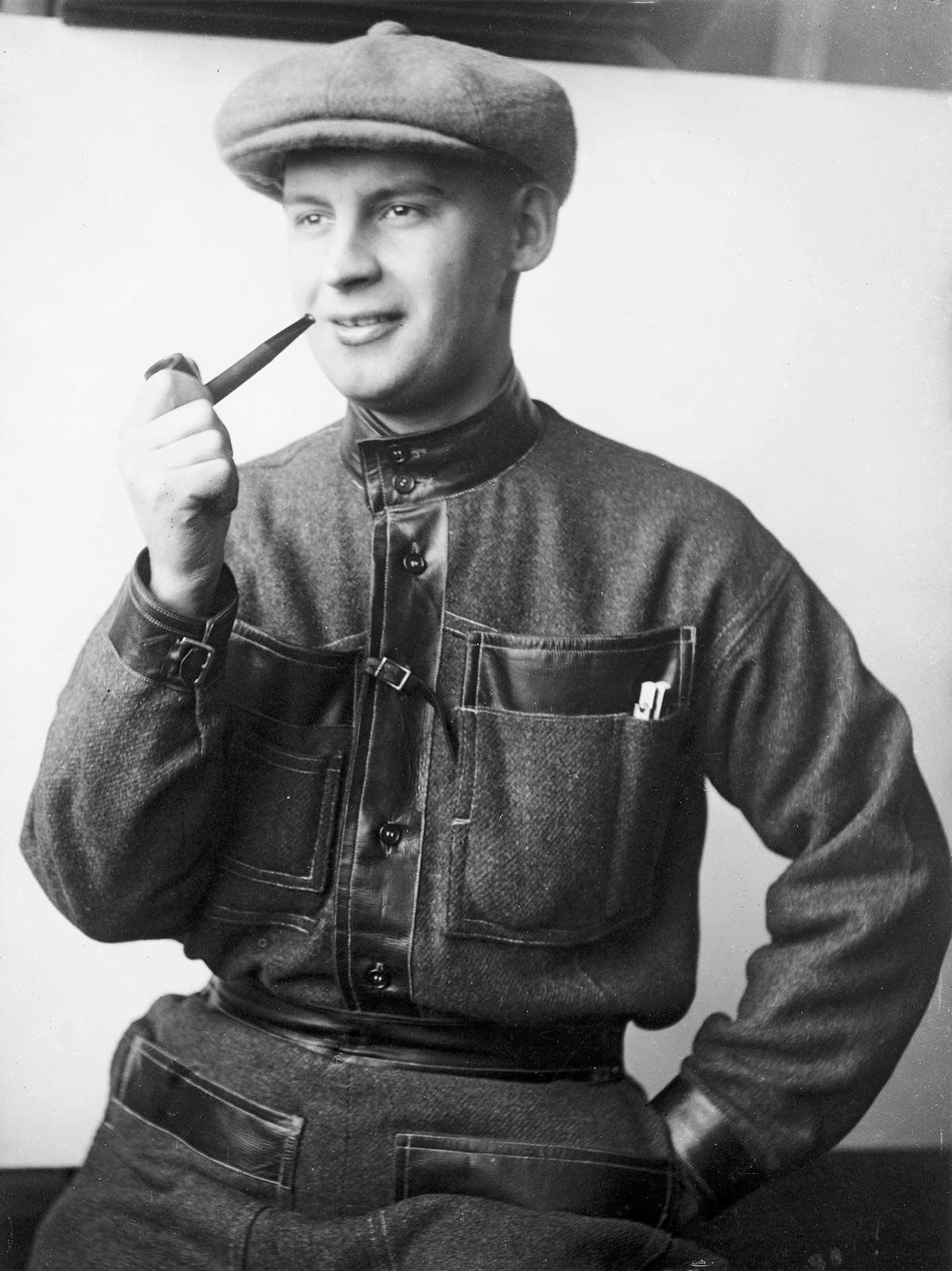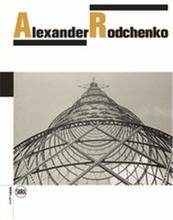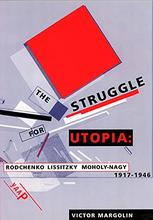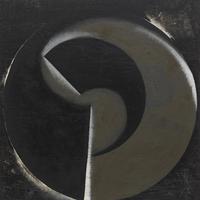More about Alexander Rodchenko
- All
- Info
- Shop
Works by Alexander Rodchenko

Sr. Contributor
Alexander Rodchenko is nearly synonymous with the idea of the Russian avant-garde.
Born in St. Petersburg, Russia in 1891, Rodchenko’s working-class family moved to Kazan in 1905. In 1910, at the age of nineteen, Rodchenko began his formal art education at the Kazan School of Art, where he met fellow artist Varvara Stepanova, who became his partner and collaborator. After art school, the couple moved to Moscow to experience life in the big city and mix with other artistic types. There, he befriended artists like Wassily Kandinsky and Kazimir Malevich, who began to change his outlook on the purpose and nature of art.
Rodchenko got swept into these artists’ heady conceptions of art and began flirting with abstract and nonobjective art. After he had reduced painting down to the application of pure color in 1921, Rodchenko declared the death of painting. Then, he helped found the Constructivist Working Group and began to create work using everyday materials and tools typically reserved for engineers, meaningfully merging art with life and labor. Whereas Malevich believed in the spirituality of his paintings, Rodchenko believed that his paintings were nothing but conglomerates of raw materials. Rodchenko began making hanging sculptures called “constructions” that anticipated the famous mobiles of Alexander Calder. Ever the innovator, Rodchenko purchased his first camera in 1925 during a trip to Paris. He developed a body of work that commented on the reality of the Soviet experience. The democratic nature of the medium likely appealed to him. By playing with sharp angles, extreme closeups, and double exposures, Rodchenko pushed photography to abstraction.
Because he was living and creating during a time of great social and political upheaval, as Russians sought to destroy the monarchy in favor of communism, Rodchenko’s art also stood firmly against tradition and, at its most extreme, supported anarchy. He developed terminology that conflated artists and rebels, as well as revolution and creation. Rodchenko believed that artists should serve the greater good by engaging with the social and political revolution that was taking place in early-twentieth-century Russia. Rooted in egalitarianism, the everyday, and utility, his art became a visual identity for the rising Communist party. He pushed the belief that art should be for and serve the population at large, not just the educated and moneyed elite. Alfred Barr, Jr, the founding director of the Museum of Modern Art traveled to Soviet Russia to experience the innovations of artists like Rodchenko, Vladimir Tatlin, and El Lissitzky. This was the beginning of a long friendship between Barr and Rodchenko, who continued to correspond by letter over the next three decades.
Sources
- Arnason, H.H., and Elizabeth C. Mansfield. History of Modern Art. Upper Saddle River, NJ: Pearson Education, Inc., 2013.
- Gompertz, Will. What Are You Looking At? New York: Penguin Group, 2013.
- Kotsioris, Evangelos. “Unpacking Barr’s Library: The Paper Trail from the Bauhaus to VKhUTEMAS.” Post: Notes on Art in a Global Context. Central & Eastern Europe | Transnational Histories and Non-aligned Networks. Museum of Modern Art. 17 October 2018. ht
- Museum of Modern Art. “Aleksandr Rodchenko.” Art and artists. https://www.moma.org/artists/4975. Accessed 13 April 2021.
- Newhall, Beaumont. The History of Photography. New York: The Museum of Modern Art, 1982.
- The Art Story. “Alexander Rodchenko - Biography and Legacy.” Artist. https://www.theartstory.org/artist/rodchenko-alexander/life-and-legacy/. Accessed 12 April 2021.
- Tupitsyn, Margarita. “The Subject of Nonobjective Art.” Post: Notes on Art in a Global Context. Central & Eastern Europe | Abstraction. Museum of Modern Art. 1 May 2019. https://post.moma.org/the-subject-of-nonobjective-art/. Accessed 17 April 2021.
Featured Content
Here is what Wikipedia says about Alexander Rodchenko
Aleksander Mikhailovich Rodchenko (Russian: Александр Михайлович Родченко; 5 December [O.S. 23 November] 1891 – 3 December 1956) was a Russian and Soviet artist, sculptor, photographer, and graphic designer. He was one of the founders of constructivism and Russian design; he was married to the artist Varvara Stepanova.
Rodchenko was one of the most versatile constructivist and productivist artists to emerge after the Russian Revolution. He worked as a painter and graphic designer before turning to photomontage and photography. His photography was socially engaged, formally innovative, and opposed to a painterly aesthetic. Concerned with the need for analytical-documentary photo series, he often shot his subjects from odd angles—usually high above or down below—to shock the viewer and to postpone recognition. He wrote: "One has to take several different shots of a subject, from different points of view and in different situations, as if one examined it in the round rather than looked through the same key-hole again and again."
He is also known for developing the early corporate identity of the airline Dobrolyot, later Aeroflot, and designed its world-famous "Winged Hammer and Sickle" logo.
Check out the full Wikipedia article about Alexander Rodchenko













